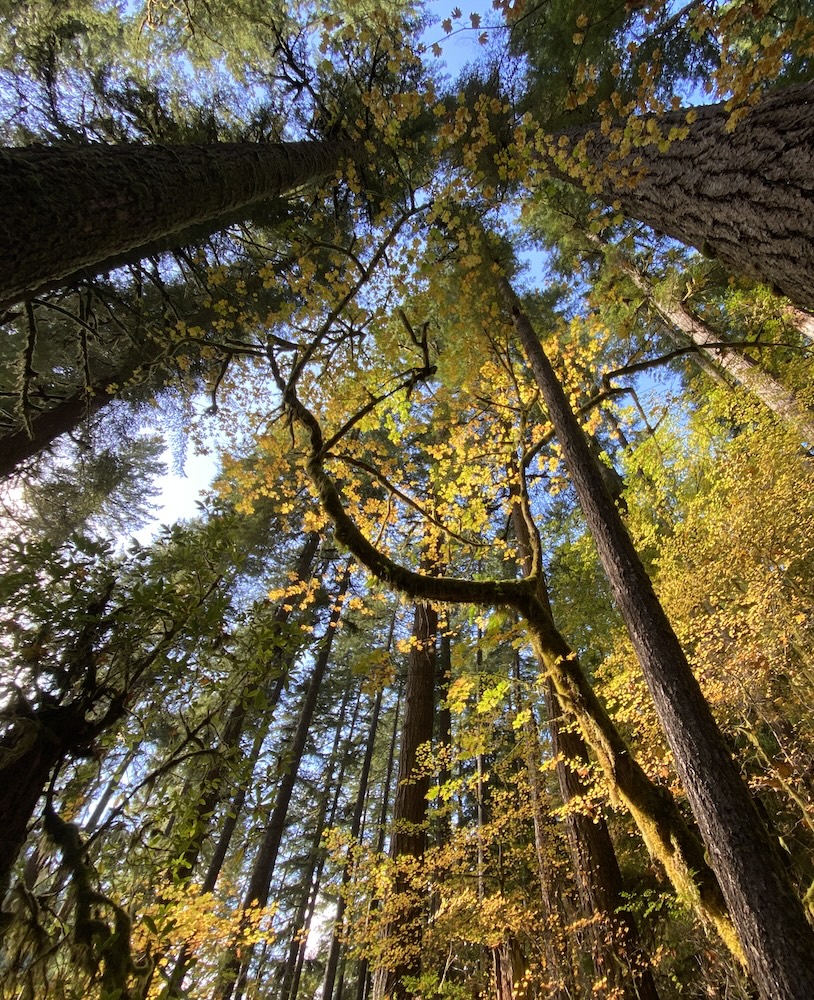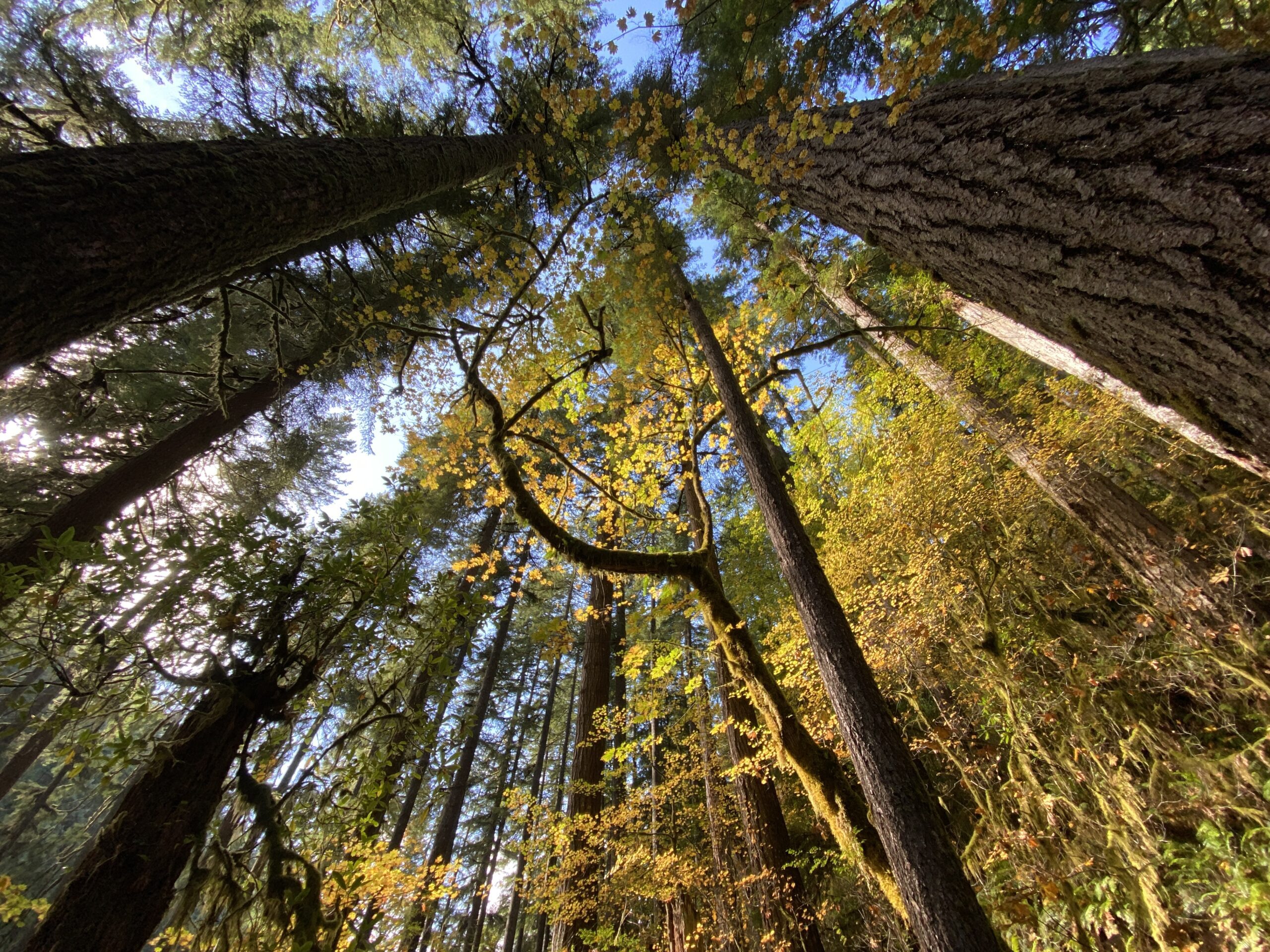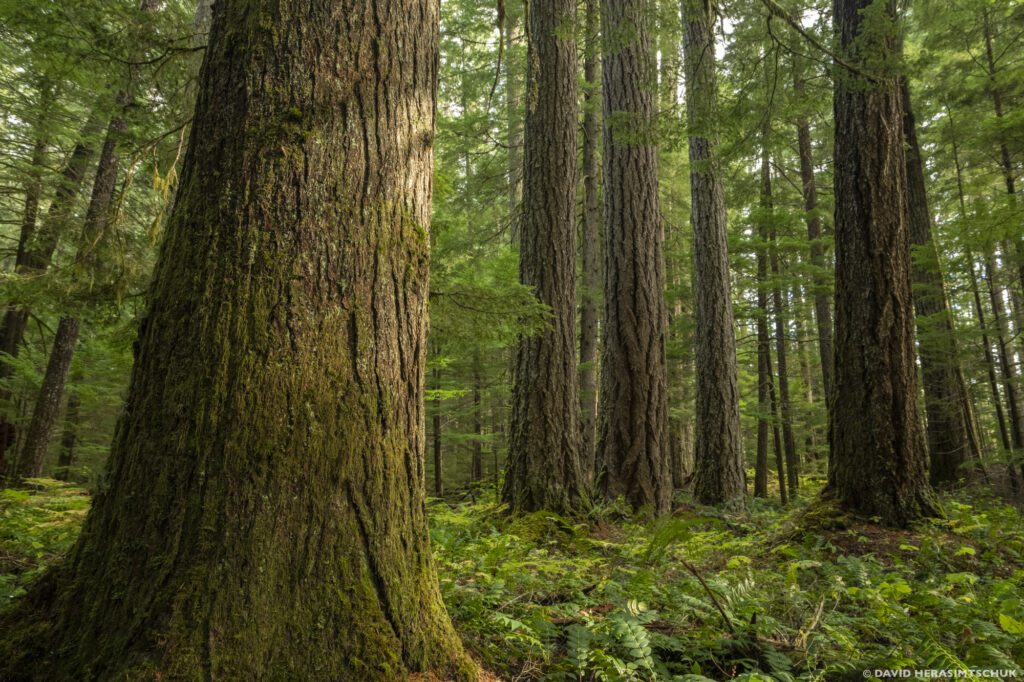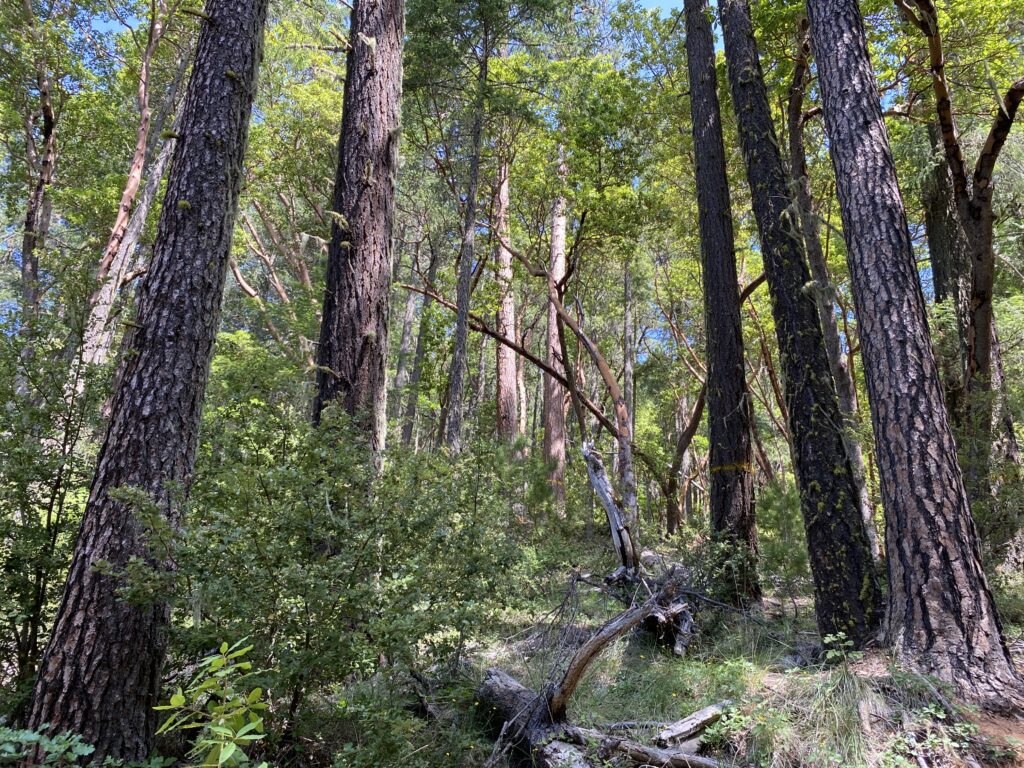Conservation advocates express alarm about timing of move, expanded logging of mature and old-growth forests.
| Contact: Steve Pedery, Conservation Director – 503-998-8411, sp@oregonwild.org John Persell, Staff Attorney – 503-896-6472, jp@oregonwild.org |
Portland, OR – Today, the Forest Service released a Draft Environmental Impact Statement (DEIS) on proposed amendments to the Northwest Forest Plan (NWFP). The DEIS contains proposals that would drastically reshape the way National Forests in western Oregon, Washington, and northwestern California will be managed and open the door to expanded logging in mature and old-growth stands.
“For nearly three decades, the Northwest Forest Plan has protected Pacific Northwest wildlife, clean water, and old-growth forests,” said Steve Pedery, Conservation Director for Oregon Wild. “It is deeply troubling for the Forest Service to propose such enormous changes to this vital environmental protection plan at this time, just before a change in Presidential administrations.”
Adopted in 1994, the NWFP sought to reform the Forest Service and halt an epidemic of clearcut logging that was ravaging publicly-owned old-growth forests in the Pacific Northwest. Those Forest Service logging practices had led to federal Endangered Species Act listings for coho salmon, northern spotted owls, and marbled murrelets and bitter public conflict over the loss of the region’s iconic old-growth forests. The NWFP was designed as a fish and wildlife protection measure first and foremost, focused not only on protecting surviving old-growth but also on re-establishing older forest habitat through stronger conservation of mature (80+ year old) stands.
The NWFP also had an enormous unforeseen benefit to the climate. Its emphasis on recovering older forests has captured and stored vast amounts of carbon dioxide pollution, turning our public forests from a net carbon source to a gigantic carbon sink, a natural climate solution.
“It appears that the Forest Service wants to abandon the fundamental purpose of the Northwest Forest Plan–protecting fish and wildlife and the mature and old-growth forests they need to survive,” said John Persell, Staff Attorney with Oregon Wild. “Instead, they are considering changes that would greatly expand their ability to carry out commercial logging in mature and old-growth stands.”
There are elements of the Forest Service DEIS that Oregon Wild, and many other conservation groups, do strongly support. In particular, conservation advocates applauded the agency and the Biden administration for considering ways to better consult with Native American Tribes, and to incorporate Traditional Ecological Knowledge and prescribed fire into their management plans. However, conservation advocates are concerned about whether or not the Trump administration would carry these policies forward.
“Regardless of what one thinks about the content of the Forest Service’s proposals today, the reality is that the agency’s timeline ensures that the final plan will be written by the Trump administration,” said Pedery. “Anyone who values clean water, salmon, wildlife, and old-growth forests should be alarmed by the perilous process the Forest Service has begun.”
“In the weeks to come, we will be closely scrutinizing the Forest Service’s proposals and working to ensure the public is fully aware of their implications,” said Persell. “We will also make sure that the agency, and the Trump administration, obey the law and that our beloved Pacific Northwest old-growth forests are safeguarded for generations to come.”
###






